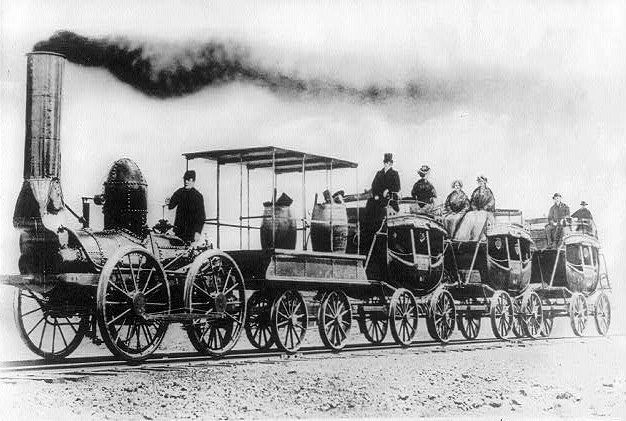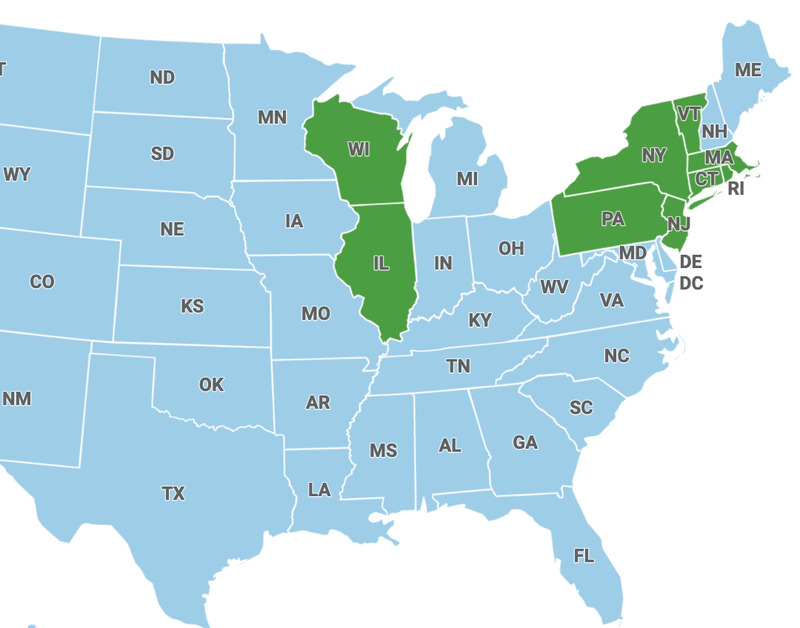Geography: Range and Mobility
Geographic Mobility
The ability to travel, in safer accomodations for longer distances, was a part of 19th century technology. To the best of our present knowledge, the Burleigh parents, Rinaldo and Lydia, did not travel out-of-state much, if ever, and were residents of Connecticut for their entire lives. The same cannot be said for any of their seven children, each of whom had at least some time living in a state other than from Connecticut.
Technology is key to this change - canals and railroads quickly came to supplement the more traditional horse-drawn carriages. The very nature of Anti-Slavery agency (and temperance agency) played a specific role for the Burleigh family, with all of the sons except John and George being formal agents at some point in their adult lives. All of them write about their journeys, and the many modes of conveyance they used. Some of this writing will be featured here soon.
If one moves steps through the decades on the Burleigh Family Day-to-Day Map, it can be noted that we have a background feature showing the growth of railroad routes over the nineteenth-century. This utilizes the ArcGIS Historic Railroad Map 1826-1911.
States known to be Burleigh core siblings' residences
Connecticut - Mary, John, Charles, William, Lucien, Cyrus, George
Massachusetts - John, Charles, William, Cyrus
Rhode Island - Charles, Cyrus, George
New York - William
New Jersey - Mary
Vermont - Charles
Pennsylvania - Charles, William, Cyrus
Illinois - Charles
Wisconsin - Lucian
Additional States Visited by Burleigh core siblings
New Hampshire - Charles
Delaware - Charles
Haiti - Charles
Ohio - William, Charles
Indiana - Charles
Michigan - Charles
This poem, which was among the most popular of William Burleigh's during his lifetime, addresses the increasing geographic mobility of people in the nineteenth century.




